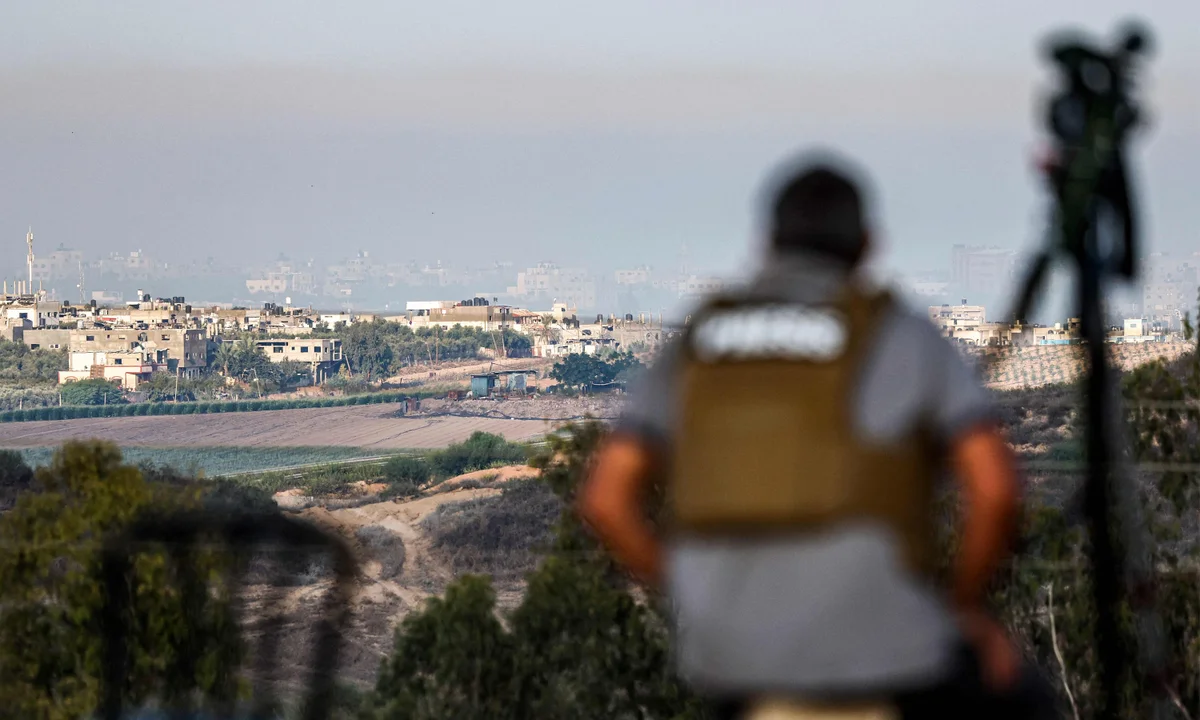Gaza Media Ban Breaks: Israel Shores Up Propaganda Ahead of Journalists’ Entry”
After more than two years of tightly restricting foreign media access to the Gaza Strip, Israeli authorities are now preparing for international journalists to enter the enclave. But this shift is not merely logistical, it comes with a full‑scale media strategy aimed at shaping the narrative.
According to internal Israeli planning, the goal is clear: control visuals, manage tours, shape context, so that observers witness what Israeli officials call “Hamas terror infrastructure… built within civilian areas” rather than a devastated civilian enclave.
Background: The Media Blackout
- For the past 18+ months, Israel imposed severe limitations on independent and foreign journalists entering Gaza.
- Palestinian journalists remained inside, bearing the burden of coverage — with more than 220 reportedly killed, many allegedly by Israeli actions.
- Independent press groups now say that Israel is coordinating a press access campaign ahead of full media entry.
The Strategy Unfolding
Israeli planning documents and press coverage reveal:
- IDF‑escorted tours will guide journalists through designated zones, focusing on destruction tied to Hamas tunnels and alleged civilian‑shielding tactics.
- Visual briefs will emphasise footage of Hamas use of civilians as shields, and missile launch sites embedded in residential areas. Israeli officials describe this as a “central task for every branch” of the media‑diplomacy apparatus.
- Israel’s narrative: it is not the aggressor, it is responding to terror built inside Gaza, and now allows access so the world can “see for itself.” But critics label this as a managed showcase, rather than genuine independent reporting.
Why It Matters
- Transparency vs. Control: With the world watching, access matters. But if that access is curated, the story remains filtered.
- Narrative Impact: What journalists see - and what they are allowed to record - will shape international responses, potential accountability and public opinion.
- Humanitarian Crisis Hidden: The years of destruction and restrictions on media may have concealed levels of civilian harm, displacement, and infrastructure collapse not yet visible in full.
Key Implications
- If journalists are genuinely granted independent access, the scale of destruction, civilian death and rebuttal of official narratives may accelerate demands for accountability.
- If tours remain tightly controlled, with cameras steered and questions limited, the narrative may shift but the core humanitarian issues will remain obscured.
- Israel’s global posture - claiming to wear the mantle of a liberal democracy under siege - risks deeper damage if coverage proves that civilian harm was far greater than present acknowledgements.
Summary
The impending entry of international journalists into Gaza represents more than a logistical step - it is a
media litmus test.
Will they be witnesses to the full reality, or to a scripted version of events?
Sources & Further Reading
.png)

.png)
